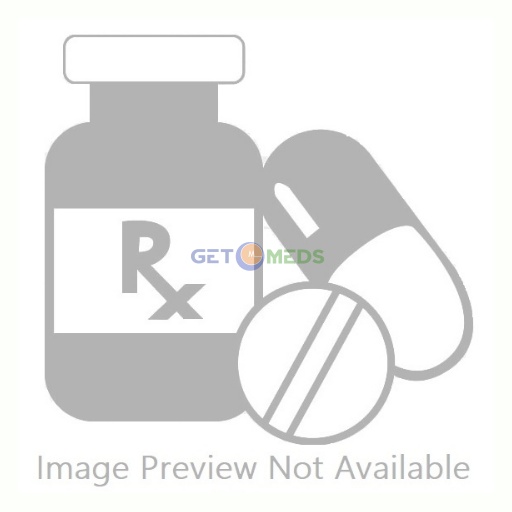-
Ciprozen Eye Drop (Rs.14.49)
Composition: Ciprofloxacin (0.3% w/v)
-
Cipronir Eye Drop (Rs.15.9)
Composition: Ciprofloxacin (0.3% w/v)
-
Cipbid 0.3% Eye Drop (Rs.14.38)
Composition: Ciprofloxacin (0.3% w/v)
-
Ciptoc Eye/Ear Drops (Rs.22.22)
Composition: Ciprofloxacin (0.3% w/v)
-
Ciproptic 0.3% Eye/Ear Drops (Rs.15.64)
Composition: Ciprofloxacin (0.3% w/v)
-
Zeo Cip 0.3% Eye Drop (Rs.16.13)
Composition: Ciprofloxacin (0.3% w/v)
-
Flocy Drop (Rs.12.96)
Composition: Ciprofloxacin (0.3% w/v)
-
Ciprocon Eye Drop (Rs.15.47)
Composition: Ciprofloxacin (0.3% w/v)
-
Ceprolen Drop (Rs.6.39)
Composition: Ciprofloxacin (0.3% w/v)
-
Ciprodrops 0.3% Eye/Ear Drops (Rs.14.53)
Composition: Ciprofloxacin (0.3% w/v)
All Details About Retocin Eye/Ear Drops
Find out detailed description, uses, directions of use, side effects, warnings and precautions, frequently asked questions about Retocin Eye/Ear Drops
Description:
Retocin Eye/Ear Drops is an antibiotic that is used to treat bacterial infections in the eyes or ears. It works by stopping the growth of bacteria, helping clear up infections like conjunctivitis (pink eye), corneal ulcers, or ear infections caused by bacteria.Employ Retocin Eye/Ear Drops exactly in the dose and duration advised by your doctor. Retain using it for the full course, even if you start feeling better, because stopping early can allow the infection to come back. Forever wash your hands before and after using the drops. Avoid using contact lenses during treatment for an eye infection unless your doctor says it’s okay. Store the bottle properly, and don’t share it with others.
Ordinary side effects of Retocin Eye/Ear Drops include mild eye discomfort, a feeling of grittiness, or redness in the eyes (also known as ocular hyperaemia). In some cases, temporary corneal deposits may form, especially with frequent use, but these usually clear up on their own. You might also notice a strange or bitter taste in your mouth after using the medicine—this is generally harmless. If any of these side effects become bothersome or don’t go away, consult your doctor.
Do not use Retocin Eye/Ear Drops if you are allergic to ciprofloxacin or any other quinolone antibiotics. If you are pregnant, breastfeeding, or have a history of ear surgery or serious medical conditions, let your doctor know before starting treatment. Avoid driving or using machinery if the drops temporarily blur your vision. Never use it for longer than prescribed, and don’t use it for conditions it wasn’t meant to treat.
Uses:
- Treatment of Bacterial eye/ear infections
- Treatment of Bacterial infections
Directions For Use:
This medicine is for external use only.Take it in the dose and duration as advised by your doctor. Check the label for directions before use. Hold the dropper close to the eye/ear without touching it. Gently squeeze the dropper and place the medicine inside the lower eyelid or ear. Wipe off extra liquid.Side Effects:
Most side effects do not require any medical attention and disappear as your body adjusts to the medicine. Consult your doctor if they persist or if you’re worried about themOrdinary side effects of Retocin
- Taste change
- Corneal deposits
- Eye discomfort
- Ocular hyperemia
Warning & Precautions:
FAQs:
What are Retocin Eye/Ear Drops used for?
Can I use the same bottle for both eyes and ears?
How long should I use Retocin Eye/Ear Drops?
Can I wear contact lenses while using Retocin Eye/Ear Drops?
Are there any common side effects?
Is it safe to use Retocin Eye/Ear Drops during pregnancy or breastfeeding?
What should I avoid while using Retocin Eye/Ear Drops?
What if there is no improvement after a few days?
Written by:
Dr. T. Sharmila Krishna
M.B.B.S., MD (Biochemistry)
Reviewed by:
Dr. Sureshbabu Yadav
M.B.B.S., DIP.DIAB, F.R.S.H
Disclaimer:
Getomeds primary intention is to ensure that its consumers get information that is reviewed by experts, accurate, and trustworthy. The information and contents of this website are for informational purposes only. They are not intended to be a substitute for professional medical advice, diagnosis, or treatment. Please seek the advice of your doctor and discuss all of your concerns about any disease or medication. Do not disregard or postpone seeking professional medical advice because of something you read on Getomeds. Our mission is to support, not replace, the doctor-patient relationship.
